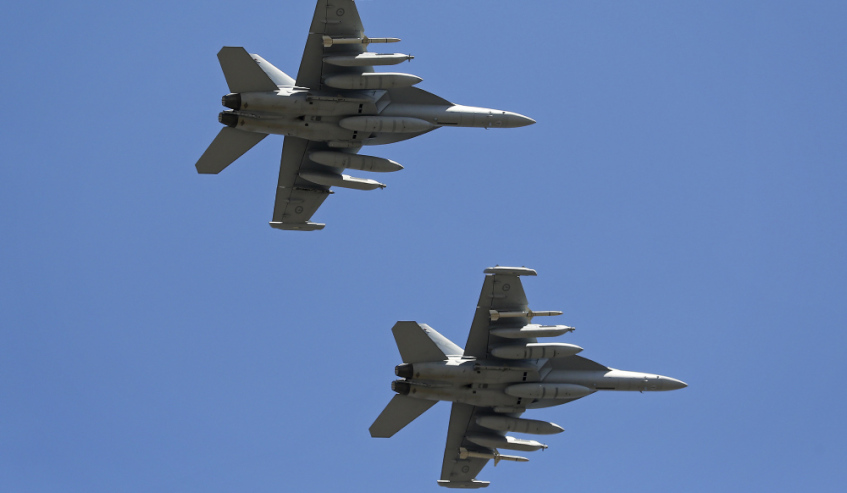The US Navy is investigating the cause of physiological episodes affecting its own aircrew, as well as Royal Australian Air Force F/A-18F Super Hornet and EA-18G Growler aircrews.
To continue reading the rest of this article, please log in.
Create free account to get unlimited news articles and more!
A statement from the Department of Defence confirmed an investigation is underway into the episodes.
"Physiological episodes are caused by complex interactions between human physiology and the aircraft breathing air system," the statement said.
"The problem is extremely complex as contaminants can be generated by a number of sources both within and external to the aircraft. Investigations led by the US Navy continue to develop a detailed understanding of this problem."
Defence said it is exercising a risk management plan for both the Super Hornets and Growlers and has embedded a full time Australian engineer in the US Root Cause and Corrective Action Integrated Project team.
"In line with this risk management plan, Defence has established a program to reduce the occurrence and severity of physiological episodes, which includes: in-aircraft incorporation of a breathing air purification system [and] increase of emergency oxygen supply to assist in aircrew recovery should an issue arise," Defence said.
"Defence has supported US Navy reviews into physiological episode management and investigation with a NASA independent review team hosted at RAAF Base Amberley in May 2017."
The US Navy's investigation is looking at the aircraft's onboard oxygen generating system (OBOGS), with Rear Admiral Sarah Joyner of the Physiological Episode Action Team providing the House Armed Services Committee's subcommittee for tactical air and land forces with a statement saying that internal components have been redesigned and existing maintenance and troubleshooting procedures have been improved.
"Internal components of the F/A-18 OBOGS have been redesigned to incorporate a catalyst to prevent carbon monoxide from reaching the pilot and provide an improved capability sieve material (filter)," the statement said.
"Improvements to existing maintenance troubleshooting procedures and acceptance and test procedures for reworked components have been incorporated and additional improvements are under evaluation. Hardware and software changes are in work for Super Hornets and Growlers to mitigate cabin pressurisation issues due to moisture freezing in the ECS lines. Component redesign, improved performance testing and newly established life limits will improve component reliability across all F/A-18 configurations."
While the physiological episodes experience by the RAAF aircrews have not been confirmed, the statement from RDML Joyner said hypoxia and decompression events as the two most likely causes of recent physiological episodes in aviators but identifying the specific cause is difficult.
"As symptoms related to pressure fluctuations, hypoxia and contamination overlap, discerning a root cause is a complex process. Episodes of decompression illness typically accompany a noticeable loss or rapid fluctuation of cabin pressure, while the cause of hypoxic events is often not readily apparent during flight or post flight," the statement said.

 Login
Login







